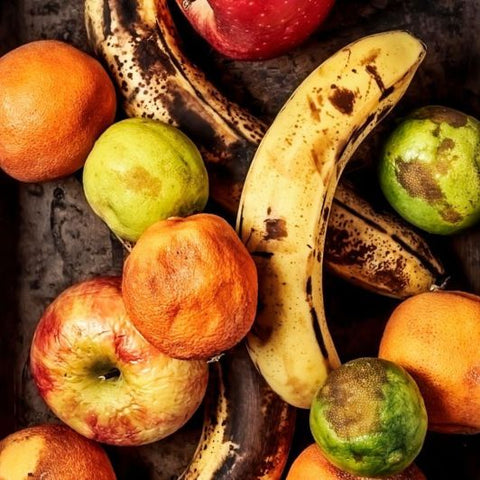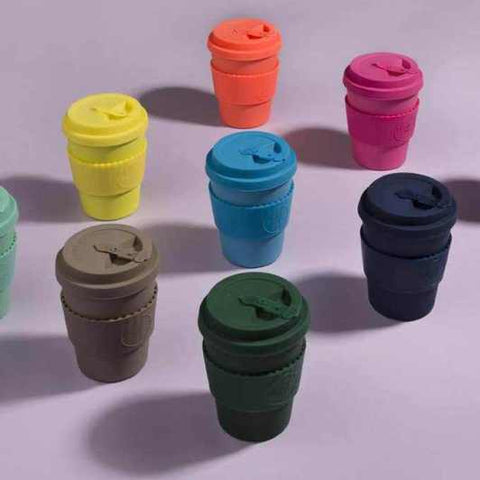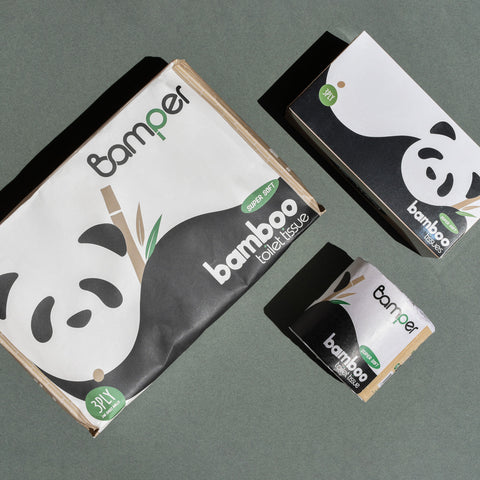The global food waste is an enormous issue, with more than $1,000 worth of fresh produce being thrown away by the average Australian household every year. That is $8 billion worth of edible food being wasted.
A study was conducted in the UK, they asked households if they wasted food. 90% said No. They then went through each bin and found each and every household wasted food.
What and why is food wasted?
Out of the $8 billion what do we waste every year?
- $2.67 billion of fresh food
- $2.18 billion of leftovers
- $1.17 billion of packaged and long-life products
- $727 million of drinks
- $727 million of frozen food
- $566 million of takeaways
Food is wasted because we cook too much food, we don't know how to use leftovers, we buy takeaway at the last minute and don't cook the food in our fridge, we don't check the cupboard or fridge before buying more groceries and food is mistakenly thrown out before it's expired.
What are the environmental effects?
When food rots with other organics in landfill, it gives off a greenhouse gas called methane. Methane is 25 times more potent than the carbon pollution that comes out of your car exhaust. Also, an environmental impact that isn't as obvious, is the waste of water, fuel and resources used in growing the food and transporting the food from farm to plate.
What can you do about food waste?
Every action makes a difference. Below is a list of things you can implement to reduce food waste in your household.

1. Purchase imperfect fruit and vegetables.
This produce might be ugly, but is perfectly edible fruits and vegetables - tasting exactly the same!

2. Use FreshPaper when storing fresh produce or bread.
This natural food saver sheet will keep your fruit, vegetables and bread fresh 2-4 times longer. Learn more about the product here.
3. Save and actually eat your leftovers
4. Portion control
5. Use a shopping list
Only buy what you need.
6. Understand expiration dates
- 'Use by’- food has to go.
- ‘Best before’- food is at its best and can be eaten after this date as long as it has been stored correctly.
- ‘Display until’- a stock control message for retailers.
7. Freeze for later




Comments (0)
There are no comments for this article. Be the first one to leave a message!